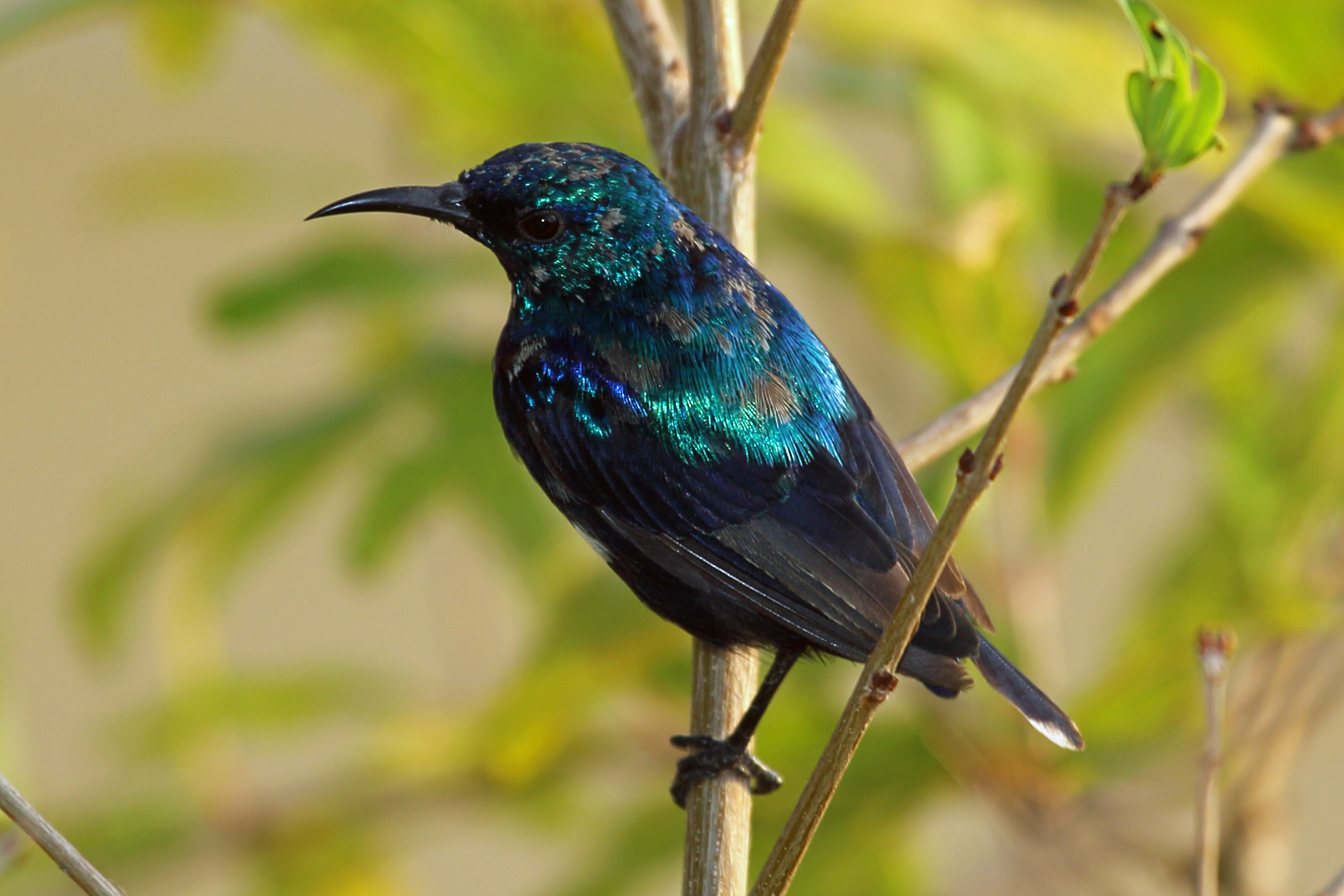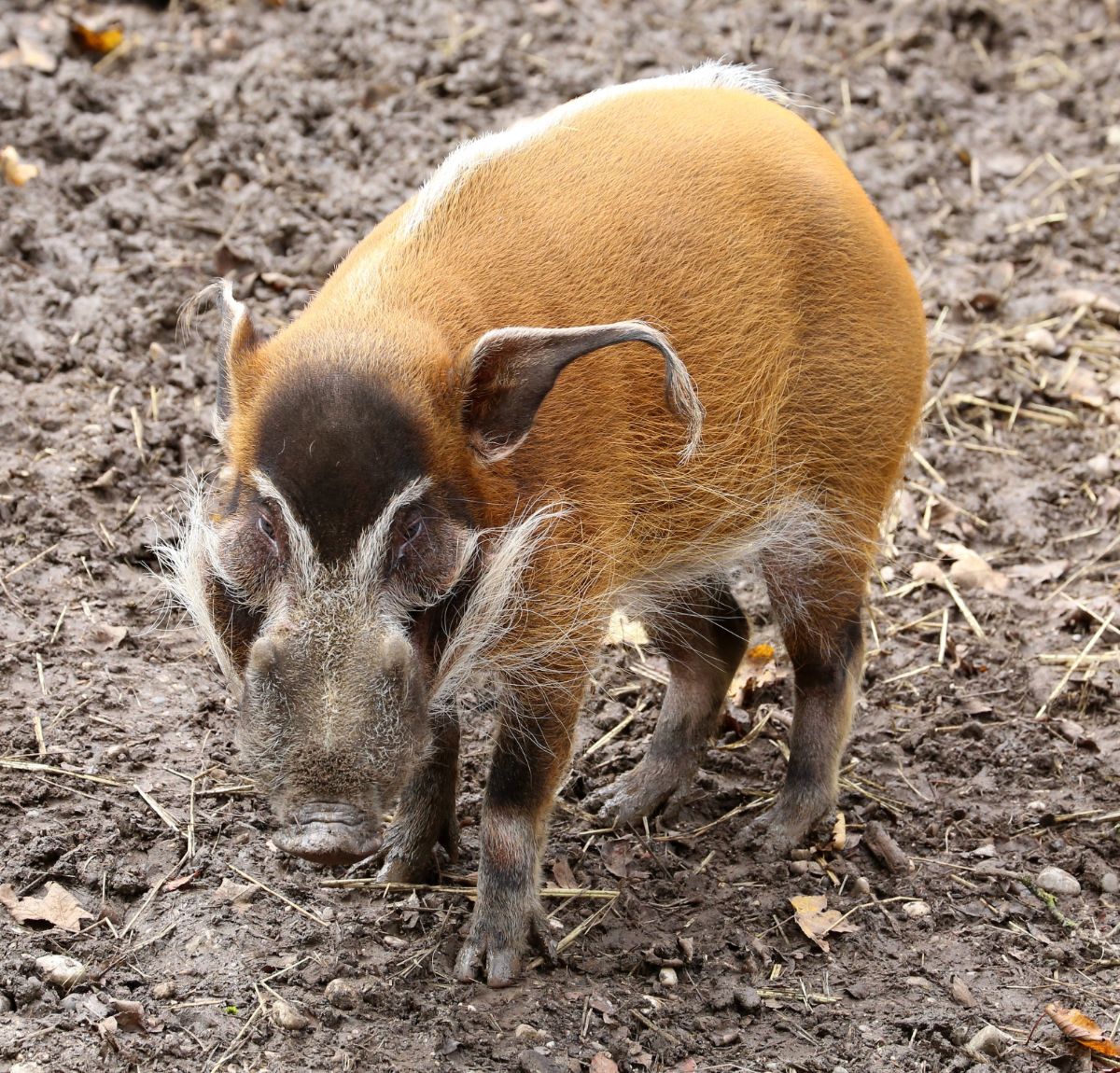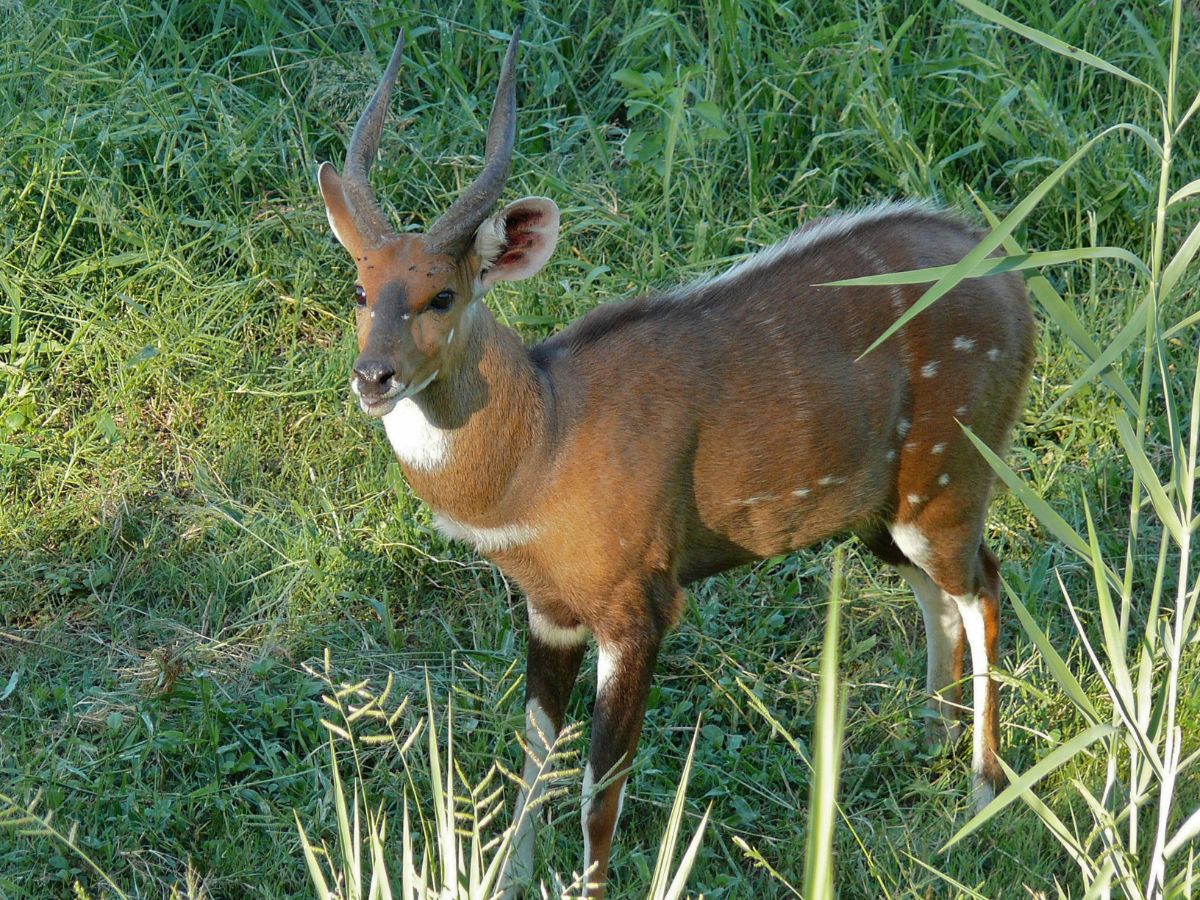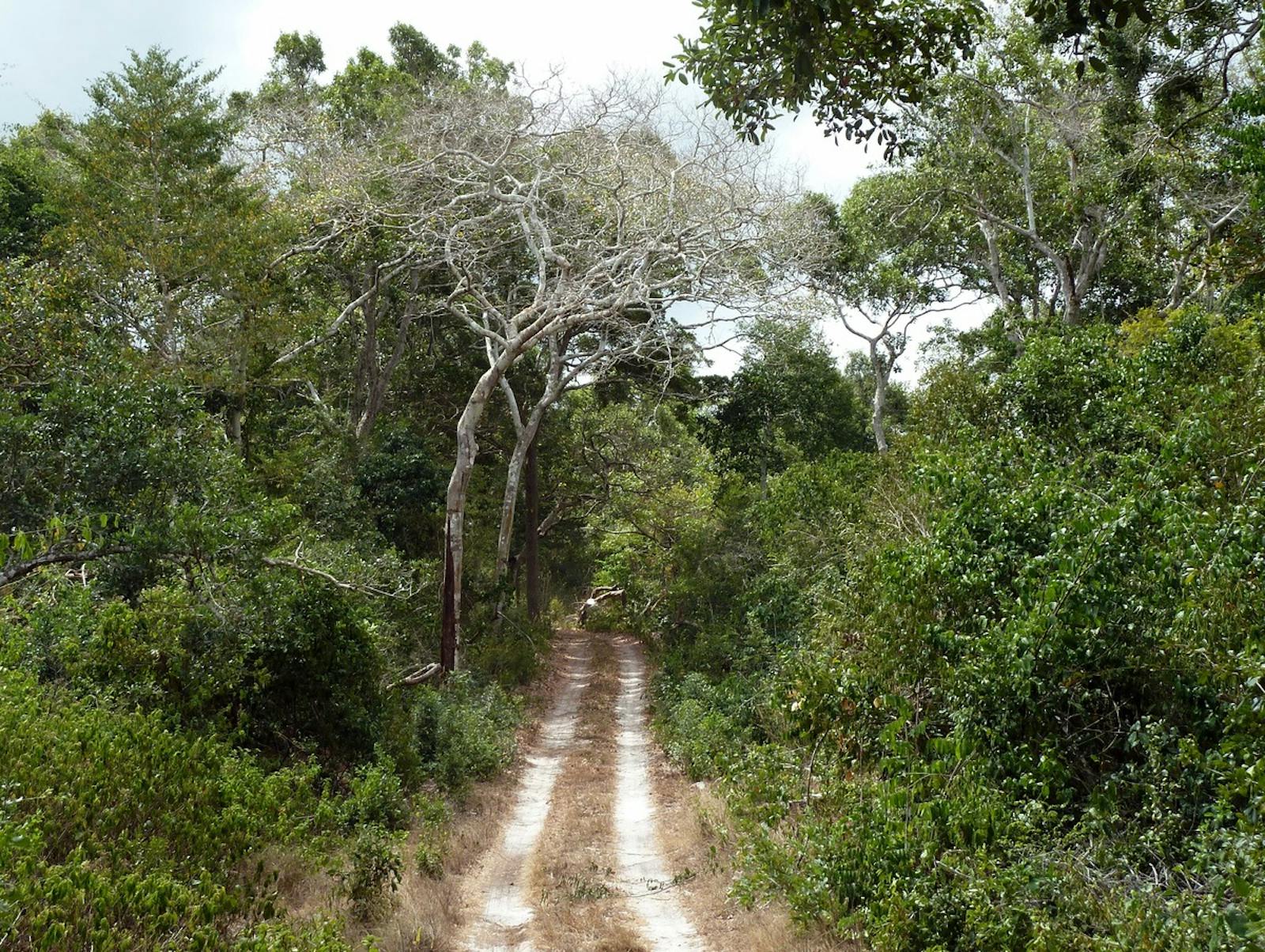Northern Swahili Coastal Forests
The ecoregion’s land area is provided in units of 1,000 hectares. The conservation target is the Global Safety Net (GSN1) area for the given ecoregion. The protection level indicates the percentage of the GSN goal that is currently protected on a scale of 0-10. N/A means data is not available at this time.
Bioregion: East African Coastal Forests (AT7)
Realm: Afrotropics
Ecoregion Size (1000 ha):
14,438
Ecoregion ID:
25
Conservation Target:
23%
Protection Level:
6
States: Kenya, Tanzania, and Somalia
The ecoregion is a mosaic of lowland forest patches, savannah-woodlands, bushlands and thickets, and farmlands that sits on low ridges and swells formed by tectonic activity formed during the past few tens of millions of years. Together with the Eastern Arc Forests ecoregion, these two ecoregions form a global center of botanical endemism.
.jpeg)
The flagship species of the Northern Swahili Coastal Forests ecoregion is the Pemba flying fox.
The ecoregion ranges from coastal Somalia to southern Tanzania. Outliers are found at the base of the Uluguru, Nguru and Udzungwa Eastern Arc Mountains, and on the islands of Pemba, Unguja (Zanzibar), and Mafia. The climate of this ecoregion is tropical, with average temperatures above 25ºC, and generally high humidity. Mean annual rainfall varies from over 2,000 mm on Pemba Island, to around 1,200–1,500 mm in southern Kenya and northern Tanzania, to under 1,000 mm in northern Kenya and lowland southern Tanzania. Most rainfall occurs in two distinctive rainy seasons, with a longer season from April to June and a shorter season from November to December. Towards the south there tends to be one rainy and one dry season.
The climatic pattern is estimated to have remained stable for millions of years, even during the drier periods of the last ice age. Some of the more abundant trees in the lowland forests include Afzelia quanzensis, Scorodophloeus fischeri, Dialium holtzii, Hymenaea verrucosa, Berlinia orientalis, Cynometra spp., and Xylia africana. Lianas are also common, as are shrubs, herbs, grasses, sedges, ferns, and epiphytes.

Pemba sunbird. Image credit: Nigel Voaden, Creative Commons
There are numerous endemic species in the flora and fauna of this ecoregion, particularly within the forest habitats. There is a high incidence of rare species exhibiting disjunct distribution patterns. Over 4,500 plant species and 1,050 genera occur here; at least 400 of them are strictly endemic to these forest patches, and 500 more to the non-forest vegetation.
Of the ten strictly endemic bird species, four are restricted to the island of Pemba, one in the lower Tana River and the rest mainly in the mainland coastal forest remnants. Some of the near-endemic species found in these forests include Sokoke scops owl, Fischer’s turaco, and Amani sunbird.

Potamochoerus porcus. Image credit: Creative Commons
Strictly endemic mammals include the critically endangered Rondo dwarf galago and Aders’ duiker, as well as the Pemba flying fox, Tana River Red colobus, Tana River mangabey, and the Zanzibar red colobus. The Pempa flying fox, despite being one of the largest species of fruit bat with a wingspan of 1.6 m, is only found on the island of Pemba about 50 km off the coast of Tanzania. The globally Endangered African wild dog, Vulnerable African lion, and the Near Threatened leopard are also present. There are 14 amphibian species confined to coastal forests, with three species being strictly endemic: Afrixalus sylvaticus, Stephopaedes usambarensis, and Kassina jozani.
Sub-fossil resin (gum copal) of the coastal forest gum tree was mined widely along the coastal strip in the early 1900s, including in areas that now support fire-maintained savannah-woodland vegetation, or farmland. Remaining natural forests remain highly threatened and are becoming more fragmented as agricultural expansion and other human activities spread with increasing populations.
Other threats include extraction of woody materials for poles, timber, firewood, charcoal, and ropes etc. Human activity has reduced the region’s forests to fewer than 200 fragmented patches. The largest remaining block of habitat is the 370 km2 Arabuko-Sokoke Forest near Malindi in Kenya.
Small fragments of forest, often in burial groves, are found throughout the ecoregion. Protected areas containing forest include the Tana River Primate Reserve, Shimba Hills National Reserve, Arabuko-Sokoke National Park, Saadani National Park, Boni National Reserve, Rondo Nature Reserve, Jozani Chwaka Bay National Park, and the Mafia Island Marine Park. There are no protected areas in Somalia. Some sites are protected by local people as sacred forests.

Bushbuck. Image credit: Bernard Dupont, Creative Commons
The non-forest habitats, bushland, and savannah, of the ecoregion are converted to farmland and used extensively to provide wood for charcoal burning. This activity is most intense close to the large urban centres, especially Dar es Salaam in Tanzania. Some habitat has also been lost to mining of limestone for the production of concrete, especially near Mombasa and Dar es Salaam.
The priority conservation actions for the next decade will be to: 1) promote forest restoration and connectivity between isolated forest patches, particularly in high priority areas; 2) implement alternative and sustainable agricultural practices; and 3) upgrade protected areas to a higher protective status and reduce impacts from charcoal and logging.
Citations
1. World Wide Fund for Nature East Africa Regional Programme Office. 2006. The Eastern Africa Coastal Forests Ecoregion – Strategic Framework for Conservation 2005 – 2025. Nairobi, Kenya: WWF.
2. Burgess, N.D. and Clarke, G.P. 2000. Coastal forests of eastern Africa. IUCN-The World Conservation Union, Publications Services Unit.
3. Gereau, R.E., Cumberlidge, N., Hemp, C., Hochkirch, A., Jones, T., Kariuki, M., Lange, C.N., Loader, S.P., Malonza, P.K., Menegon, M. and Ndang'ang'a, P.K. 2016. Globally threatened biodiversity of the Eastern Arc mountains and coastal forests of Kenya and Tanzania. Journal of East African Natural History. 105(1), pp.115-201.






